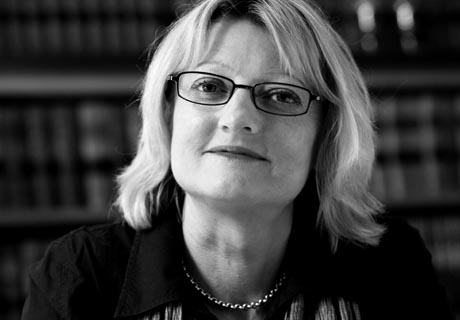In Re Ryder [2020] NSWSC 895, Kunc J of the New South Wales Supreme Court has, in the exercise of the parens patriae jurisdiction of the Court, ordered that chemotherapy be permitted for a young child over the objections of his parents.
Parens patriae jurisdiction
In an ex tempore judgment, his Honour explained (at [25]) (references to the cases have been omitted) that the parens patriae jurisdiction was an extraordinary jurisdiction which, when invoked to permit medical treatment of a child against the wishes of the parents, had only one criterion – what was in the best interests of the child? His Honour indicated that, although the jurisdiction was a broad one, the Court should act cautiously – it should not act as if it was a private person acting with regard to his or her own child, and should act in opposition to the parents only when judicially satisfied that the child’s welfare required that the parental rights should be suspended or superseded.
Background
The young child was a boy aged two years and eight months. He had been diagnosed with bilateral retinoblastoma at the age of 7 months. He had undergone several cycles of chemotherapy but was subsequently found to have new tumours in his left eye. He had then undergone further treatment including chemotherapy into the left eye but the tumour had recurred and his left eye had been removed. Subsequent examination of the eye revealed that the tumour had extensively invaded the choroid layer and that there had also been involvement of the front part of the eye by the tumour, which carried a large risk of spread beyond the eye to other parts of the body. In these circumstances, it was recommended that the child should have further cycles of chemotherapy to minimise the prospect of any microscopic cancer cells which might have escaped from the eye developing into cancer in other parts of his body. The recommendation was made by the child’s treating doctor and supported by a formal second opinion as well as by consultation among other specialists in the field. The parents, however, did not wish to consent to the proposed treatment, mainly because they did not want to put their child through more chemotherapy (with all its discomfort and side effects) when there was presently no detectable cancer in his body.
The Minister for Health and the treating hospital network urgently invoked the parens patriae jurisdiction of the Supreme Court for orders which would permit the proposed treatment to be administered over the objections of the parents.
Decision
Kunc J made the orders requested after considering further medical evidence and the concerns of the parents.
His Honour made it clear that the parents were not to be criticised for the approach which they had taken and said that their reasons for objecting were rational and motivated by their concern for their child’s quality of life – they did not want to put him through more chemotherapy when it was not apparently necessary at the present time (at [5]-[6]; also at [27]).
His Honour said that, when exercising the parens patriae jurisdiction, the Court’s role was not to act as a substitute parent but to consider the evidence objectively and to apply only the test of what was in the best interests of the child. His Honour further said that, while the Court felt deep sympathy and understanding for the emotional turmoil of the parents, the Court’s jurisdiction was not exercised by reference to the emotional wellbeing of the parents, other than to the extent that that wellbeing might have an impact upon the child. His Honour considered that, although the parents might find what might come to be difficult and upsetting, they would be able to see it through with the same fortitude and care for the child that they had shown and done during his earlier chemotherapy treatment (at [27]-[28]).
His Honour said that the medical evidence showed that if the child underwent the proposed treatment, then there was only a 10 per cent prospect of a recurrence of the cancer in some other part of his body as a result of the travel of microscopic cancer cells from his left eye prior to its removal. While the proposed treatment would be uncomfortable and would have side effects, it was likely that the child’s capacity to tolerate it would be better than it was during his earlier treatment. On the other hand, his Honour further said, if the child did not undergo the proposed treatment, then there was a 40 per cent prospect of a recurrence of his cancer in some other part of his body and, in that event, any treatment would be longer and more toxic than the proposed treatment, including, depending on where the cancer developed, carrying significant risks to his long term health and development. Furthermore, his Honour stated that treatment of a cancer had a lower chance of a successful outcome than dealing with microscopic cancer cells that had not yet developed into an active tumour (at [29]-[30]).
In conclusion, his Honour ordered that the proposed treatment be permitted because he was satisfied that it was in the child’s best interests to have the treatment now, with its attendant discomfort and side effects, but with very good prospects of success, to avoid or minimise the significant risk of the child contracting cancer and having to undergo far more intrusive or toxic treatment later, with far lower prospects of success (at [3]; [31]) However, his Honour emphasised that this conclusion had not been reached lightly and that he had borne in mind that the Court had to be cautious about intruding on the autonomy of parents to make decisions about their child (at [32]).
